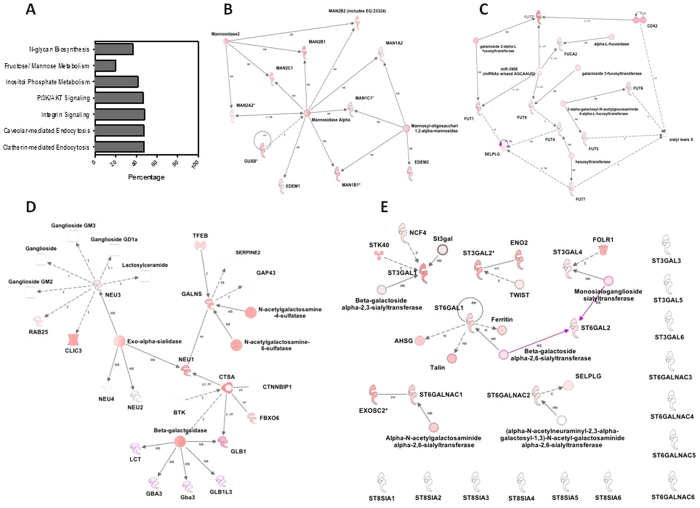Figure 3. Host responds to microbial glycan degradation by modifying its own glycan.
(A) Analysis of host pathways involved during glycan degradation of Caco-2 cells following microbial association. Canonical pathways whose biological functions were influenced based on gene expression changes are shown (Fishers exact test). Upregulated molecules in each pathway are represented as a percentage of the total canonical pathway membership. (B–E) Networks display interactions between genes involved in mannose, fucose and Neu5Ac ([D] sialidases and [E] sialyltransferases) metabolism, respectively, in Caco-2 cells treated for 60 minutes with Salmonella LT2. ST3GAL family sialyltransferases catalyzed the addition of Neu5Ac to a terminal galactose of glycoconjugates in an α-2,3 linkage. The sialyltransferases in ST6GAL family transferred alpha-2,6 linking Neu5Ac to galactose residues of N-glycans. The ST6GALNAc family sialyltransferases added Neu5Ac to terminal N-acetylgalactosamine residues of glycoproteins and glycolipids, in an α-2,6 linkage. Lastly, the ST8Sia family catalyzes the transfer of Neu5Ac in an alpha-2,8 linkage to other Neu5Ac residue present in N- or O-glycans of Neural cells. Caco-2 up-regulation of enzymes in both gene networks is indicative of microbial induced changes in host glycan biosynthesis. Gene induction is represented as a log ratio (q < 0.05) and displayed in shades of red.

